This report is about the exploration of a historical building located on the ancient city walls of Beijing. This is the former Sino-French University, established in 1920, which I visited a few days ago with my dear and brave friend Martin. I have to thank him as he is always able to follow me in the darkest and weirdest explorations of China’s capital city. He was indeed with Brin and me for our first visit in the creepy yet extraordinary Catholic School, a real historical building/horror movie set which Burbex liked a lot. The visit we did this time really took us back in time, feeling inspired by the intellectual stimulation of this former school, and it was followed by a pretty exciting discovery inside the venerable university walls.
A long history of intellectual cooperation (1920-1950)
Abandoned buildings with a rich historical background are really fascinating. This one, with its half-Chinese half-European architectural style, represented for a long time a bridge between Chinese and French cultural exchanges. Intellectuals who went to study in Europe (Cai Yuanpei) actively supported exchange programs between France and China as early as 1912. In 1920, the Sino-French University was founded in order to train highly-skilled cadres in fields like natural sciences, physics but also social sciences and humanities. During the fall of 1925, this institution moved to the city center and in 1926, it was approved by the Chinese Ministry of Education.
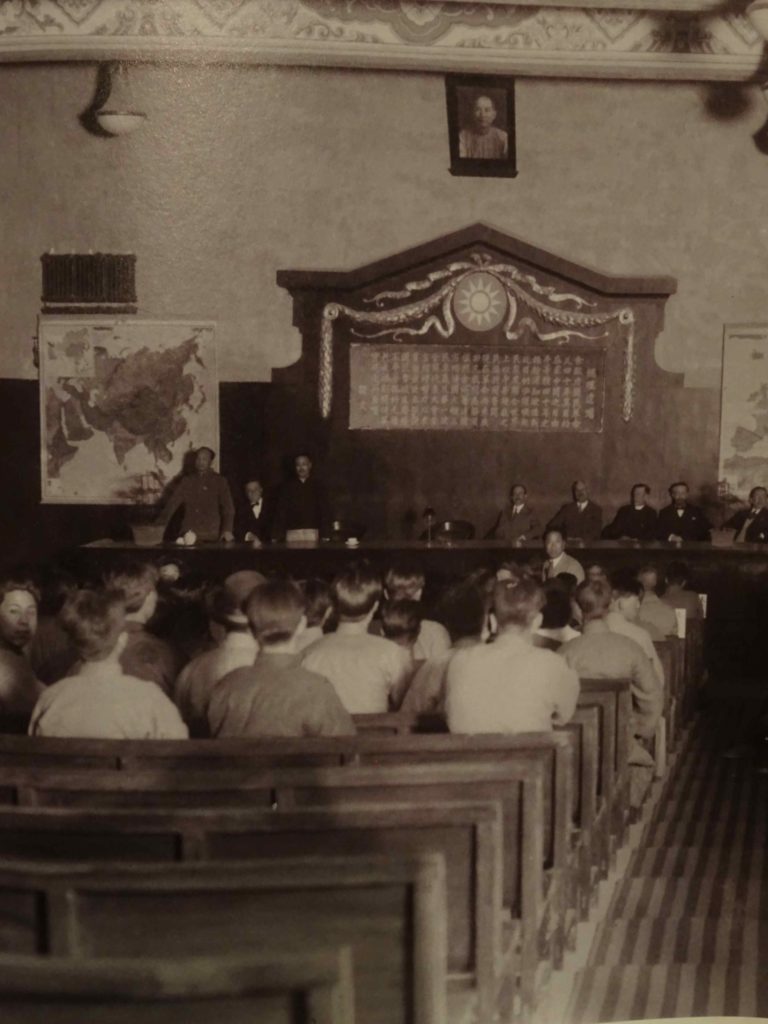
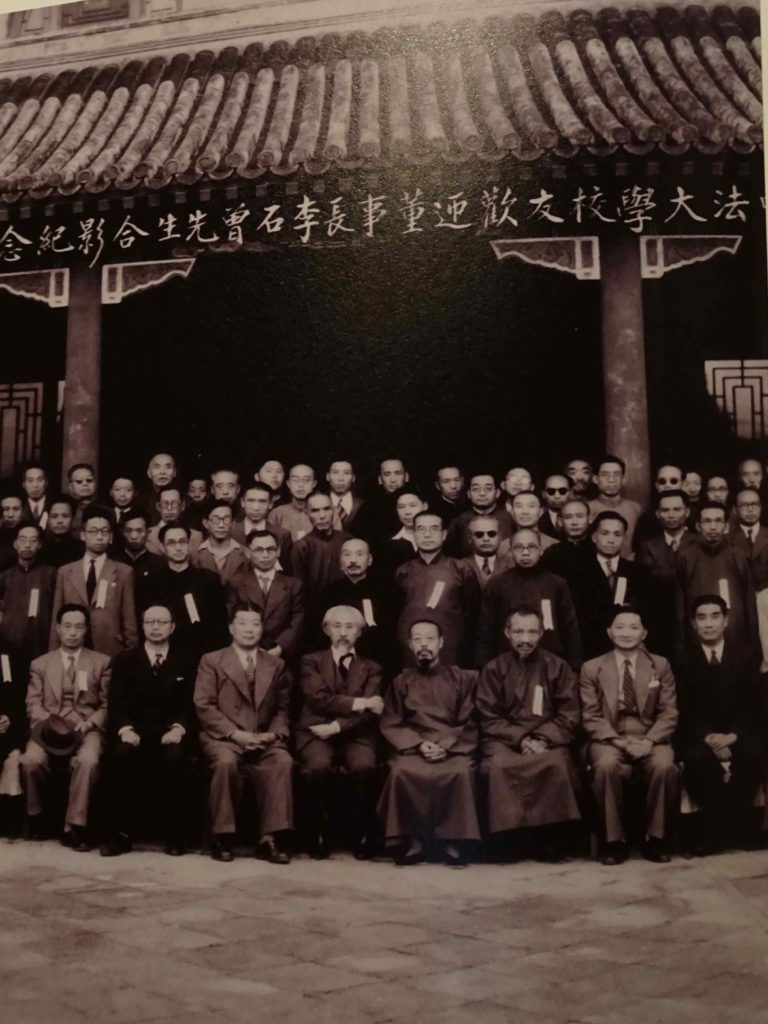
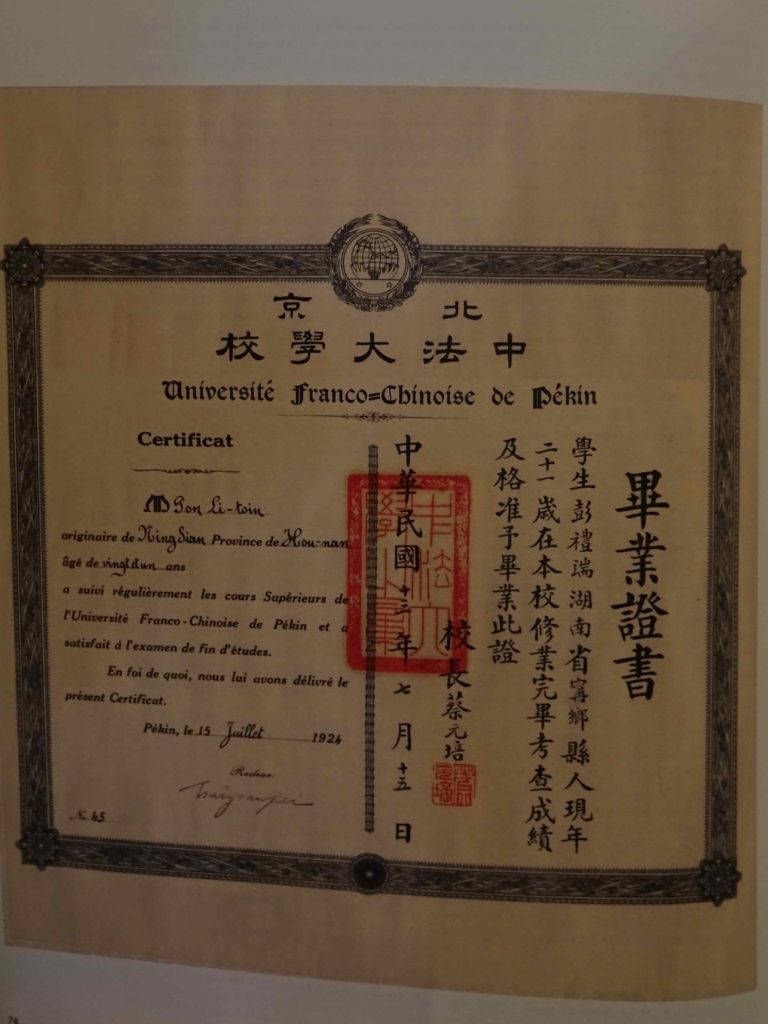
After the establishment of the Nanjing government in 1927, the University got reorganized but its development was interrupted in 1937, at the beginning of the Sino-Japanese war and of the Marco-Polo Bridge incident 1. In 1946, the institutes moved back to Beijing. Three years later, the University was nationalized. The University closed progressively in 1950, the different departments being transfered to Peking University. But this 30 years experiment had a very important legacy, allowing more than 500 students to be trained in the humanities and sciences and promoting academic exchanges between France and China 2.
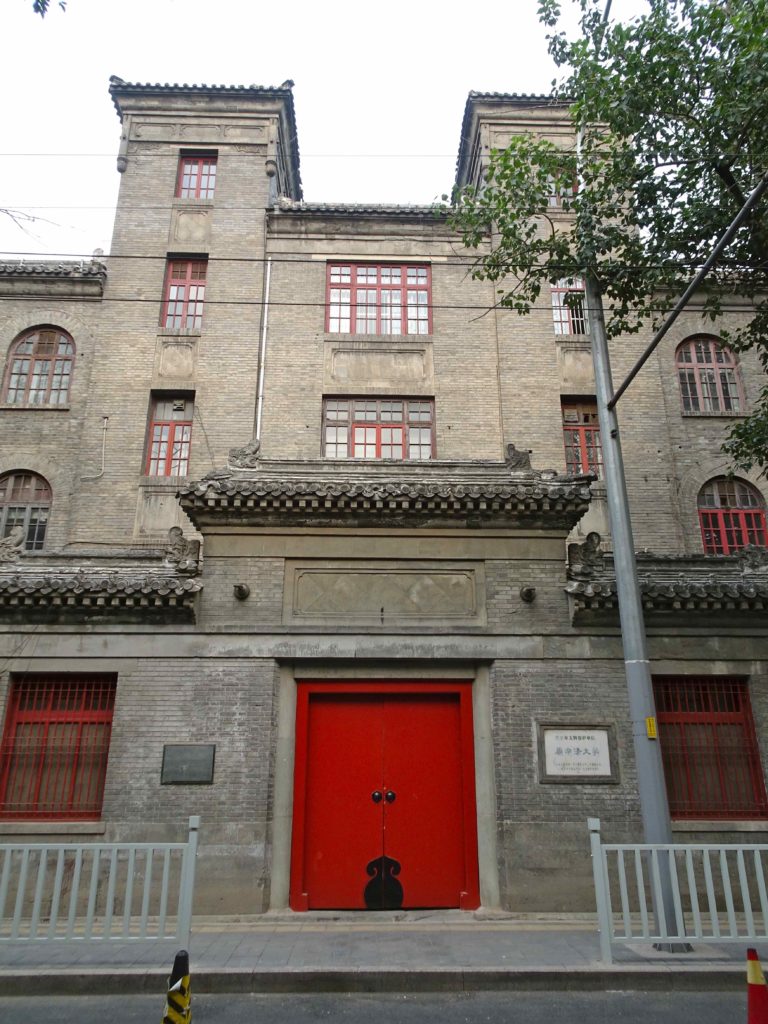
The architecture of the buildings represents the Golden Age of French-Chinese cooperation as the Chinese architects who designed the compound were formed in France. The main gate is oriented towards the West, the main building displays a Western-style architecture. It has three floors. More to the North of the compound, the other buildings are conceived according to the traditional Chinese architecture. One of these Chinese-style buildings got rehabilitated and was turned into an art gallery, which opened in 2014.
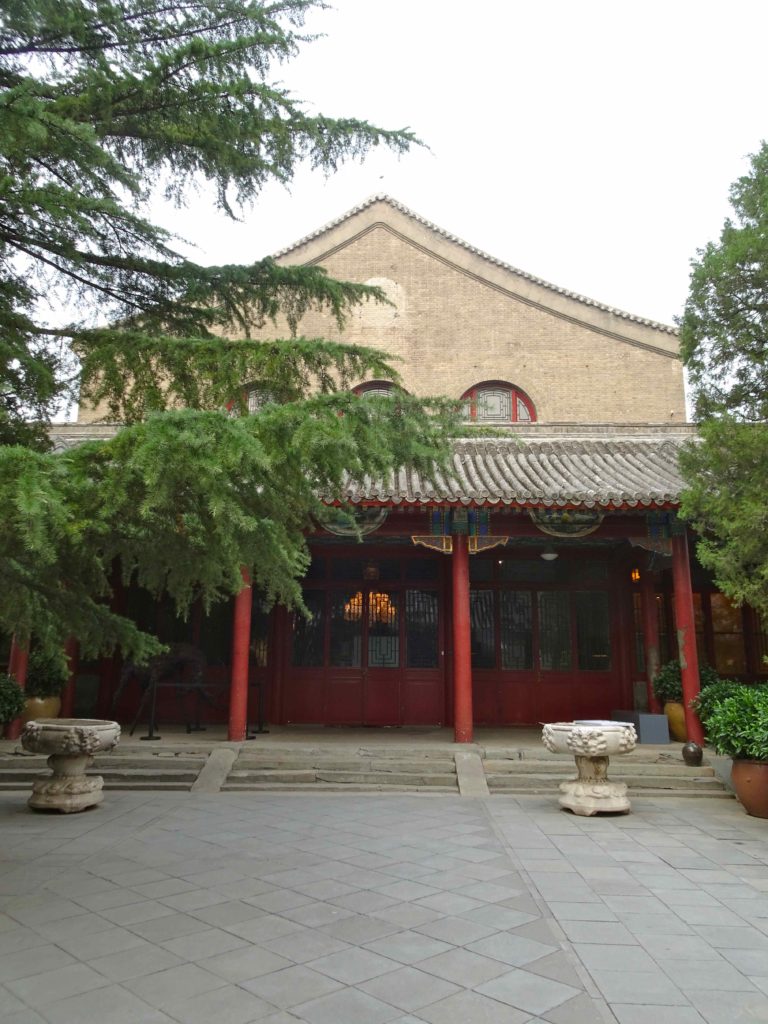
An abandoned opto-electronic research laboratory
The main building in the compound was attracting from outside because of its European architecture. But it became even more interesting when we found out it was empty. And quite unexpectedely, the building was used as a opto-electronic research laboratory!
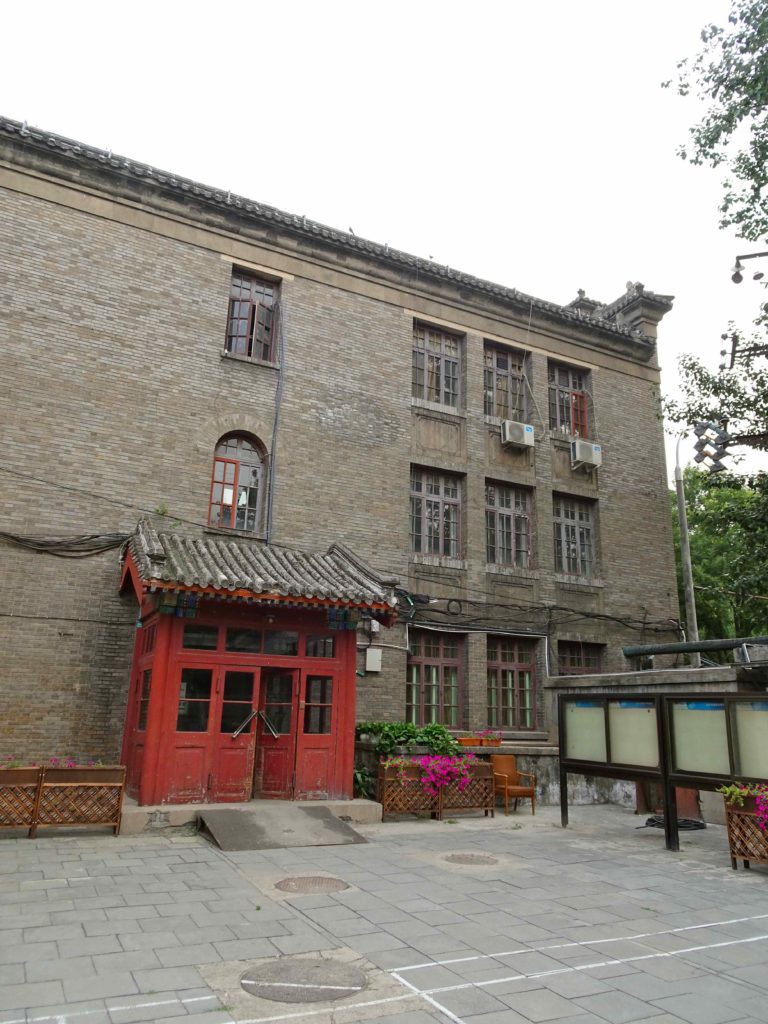
The last occupant was the Beijing Institute of Opto-electronic technology. They left last year, leaving behind a few interesting elements.
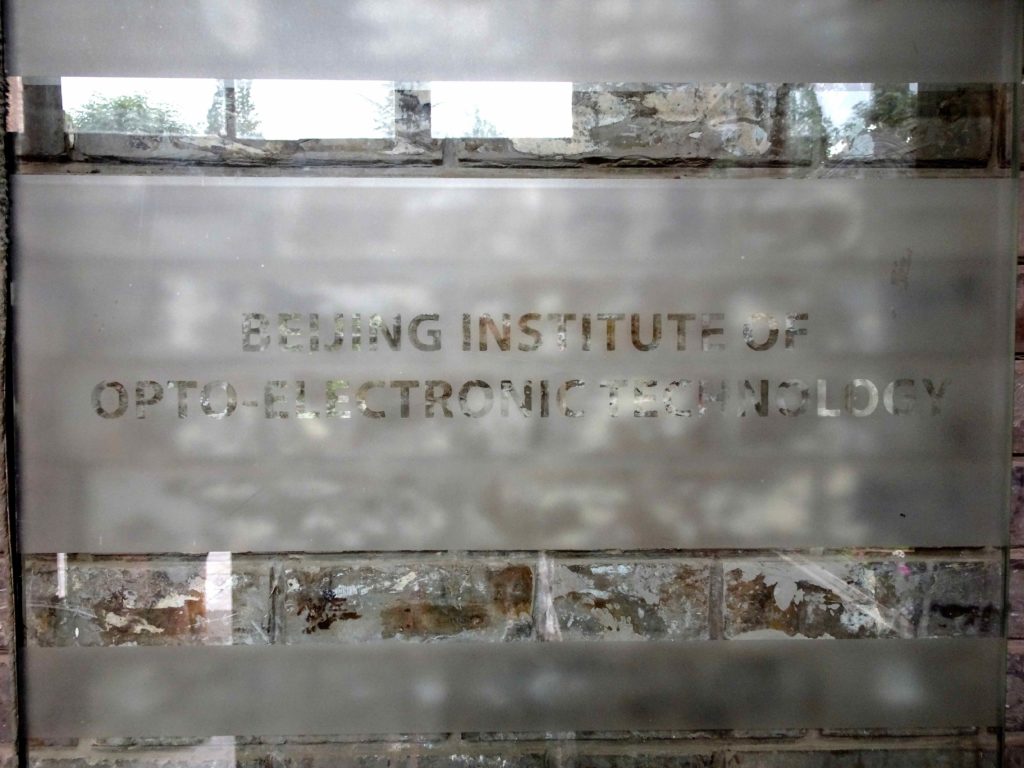
I don’t really understand the link between opto-electronic technology and horses running in the picture but thoses were the « values » of this research lab about innovation, quality, etc.
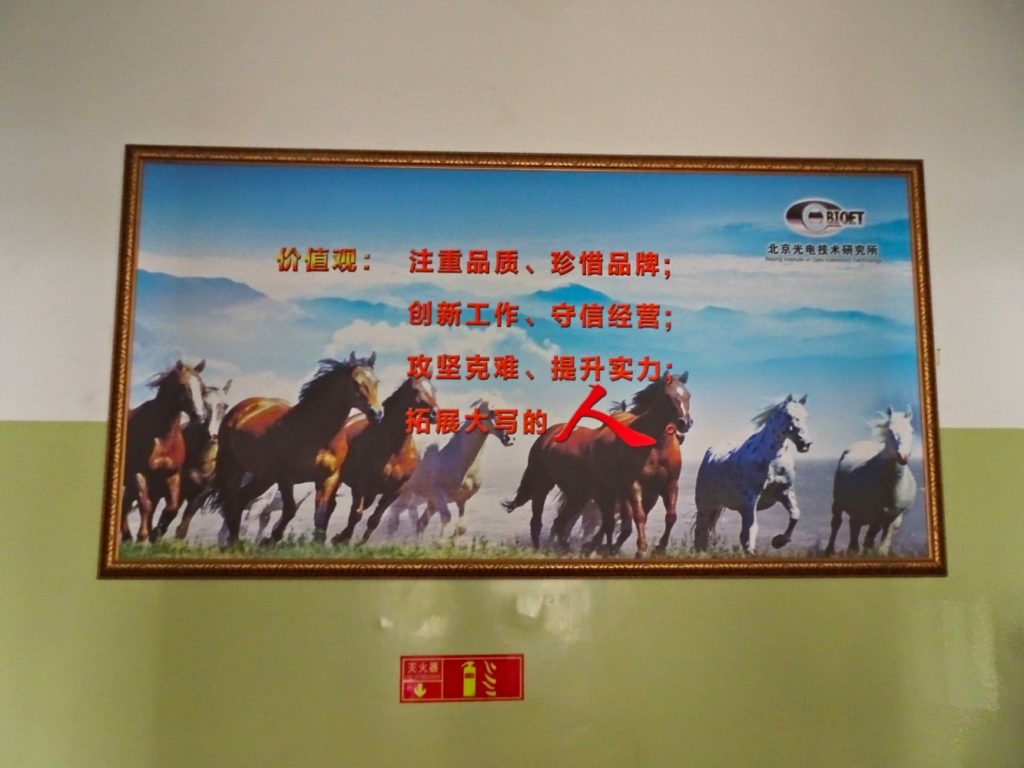
On every floor, on most doors, there was this very visual sign indicating the frequent use of lasers.
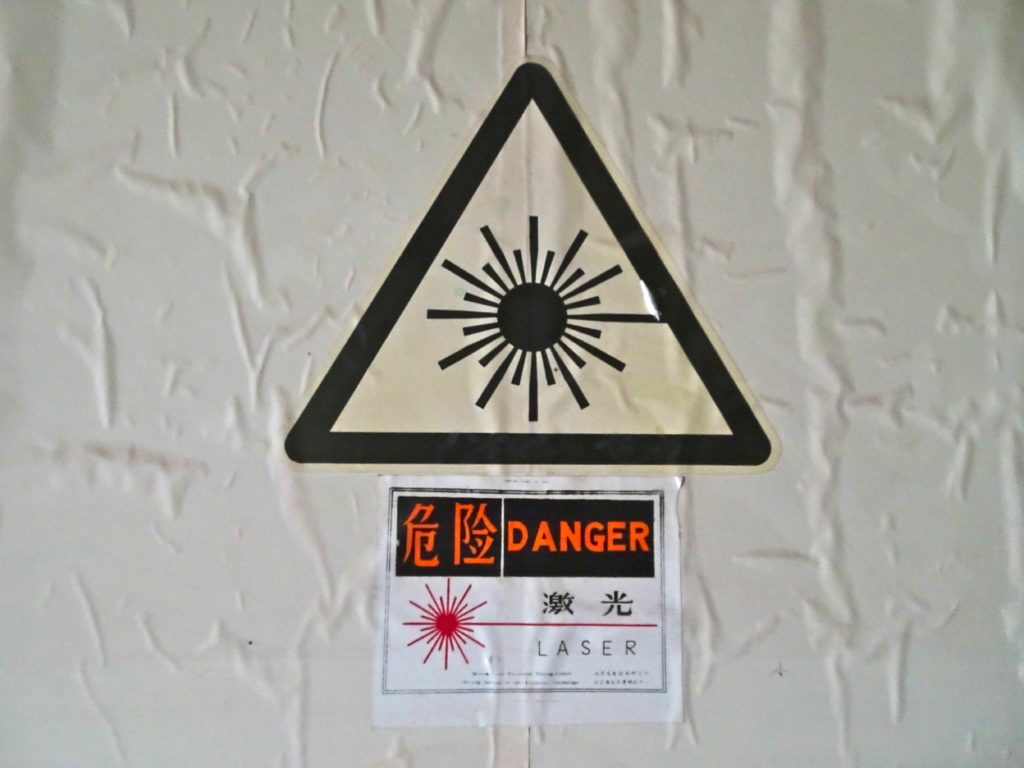
In the rooms, many documents and laboratory components were still on the tables and cabinets.
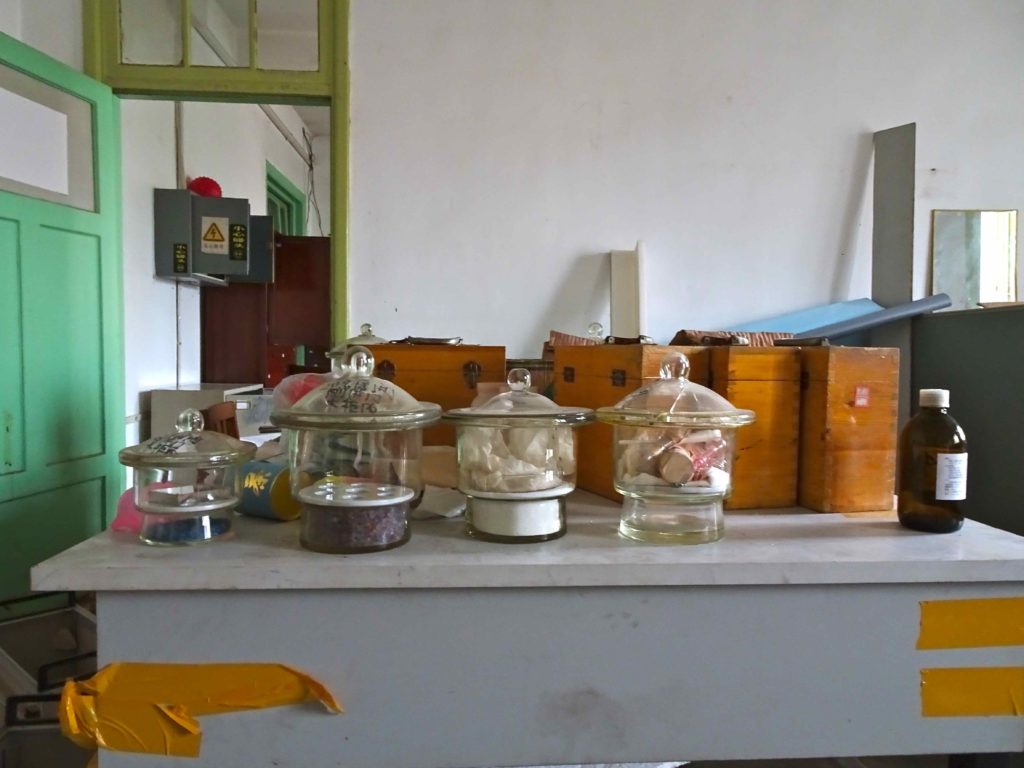
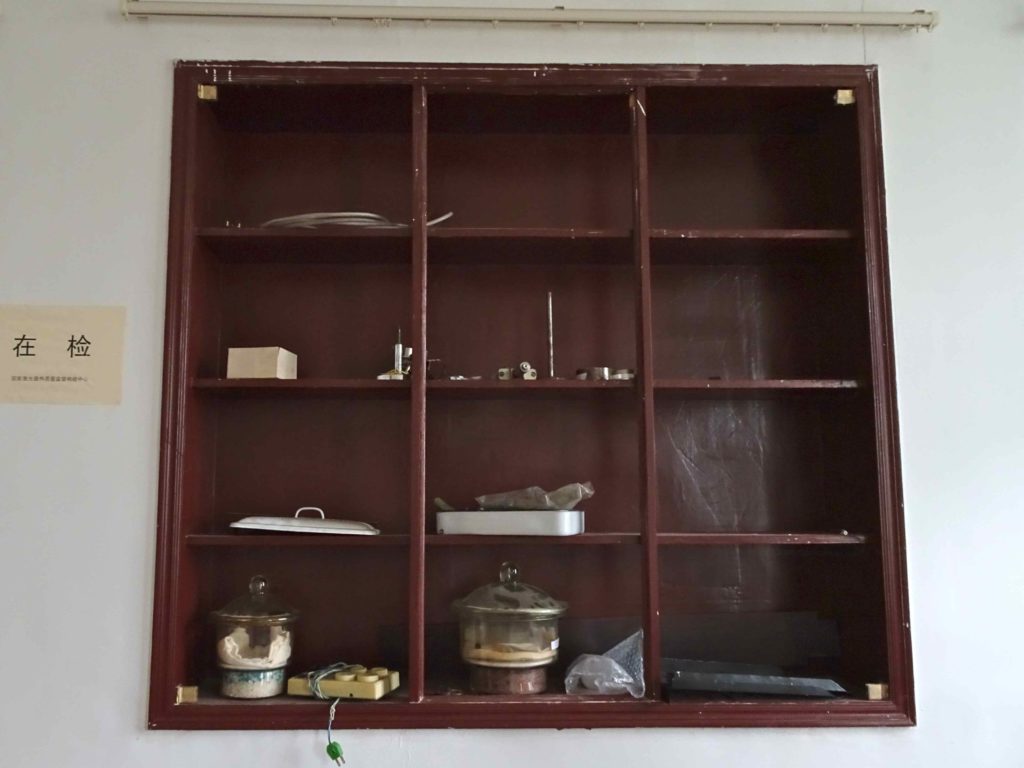
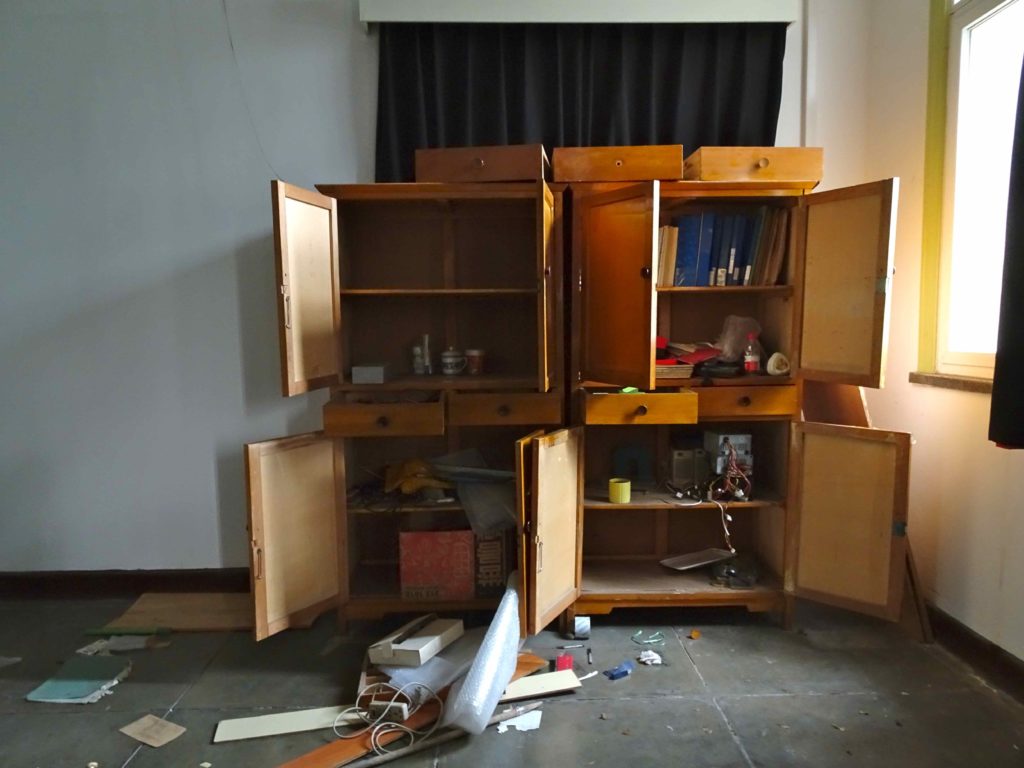
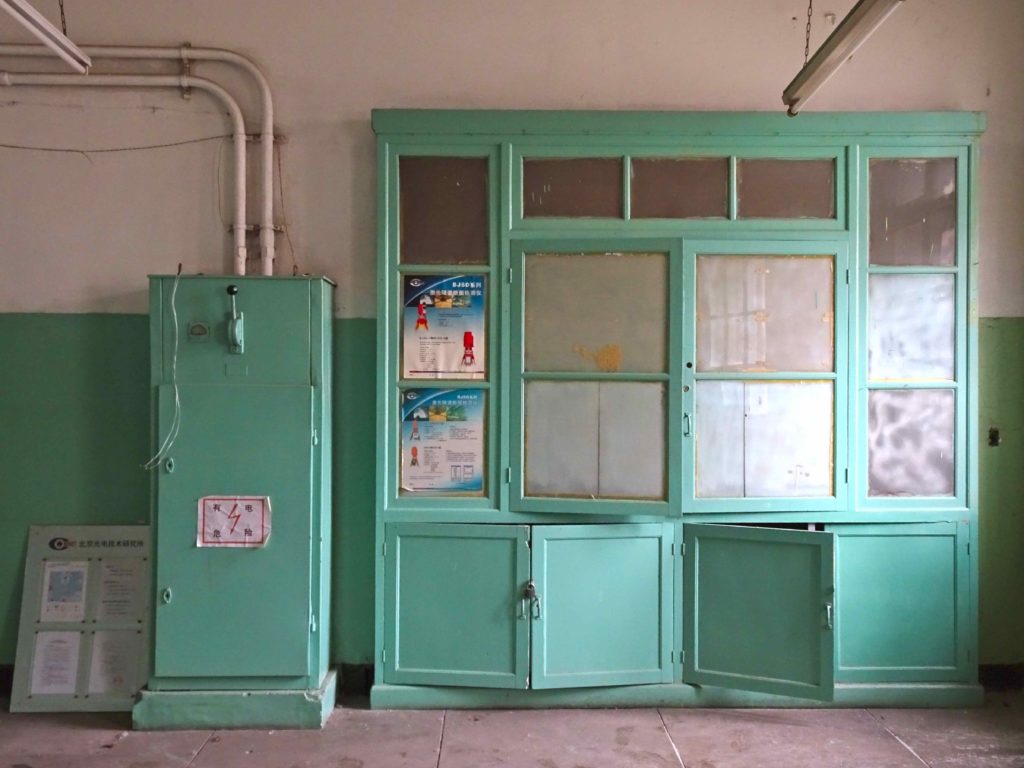
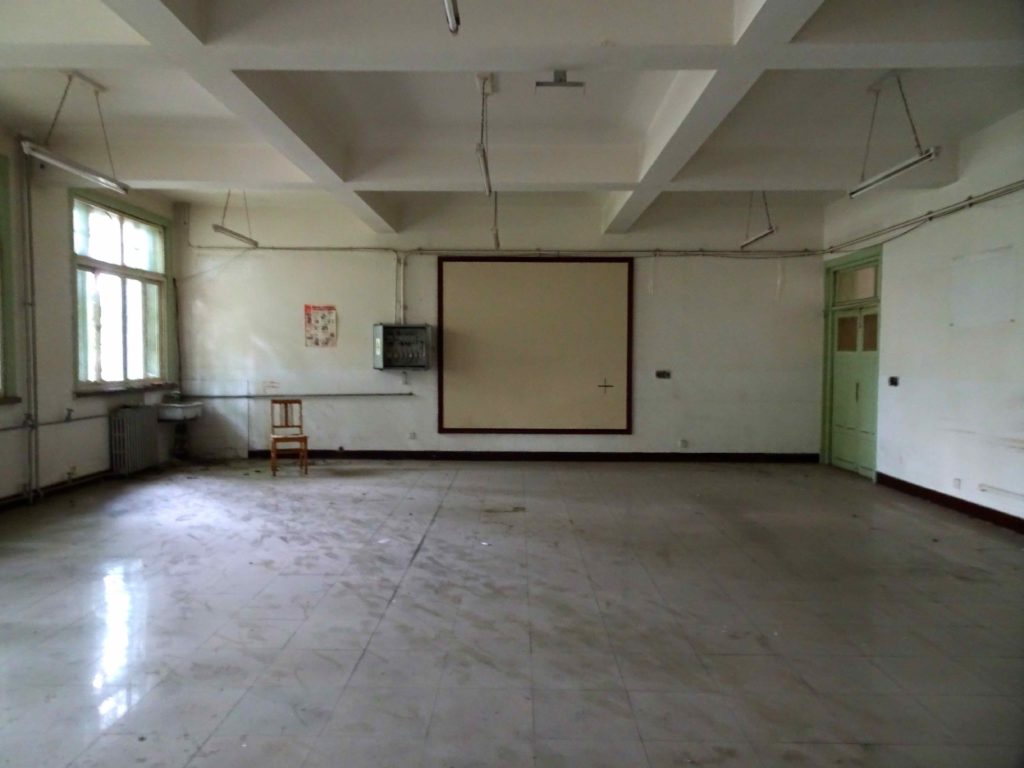
The long green corridors looked a bit creepy even with the kitsch Chinese decorations… I would not explore this place at night.
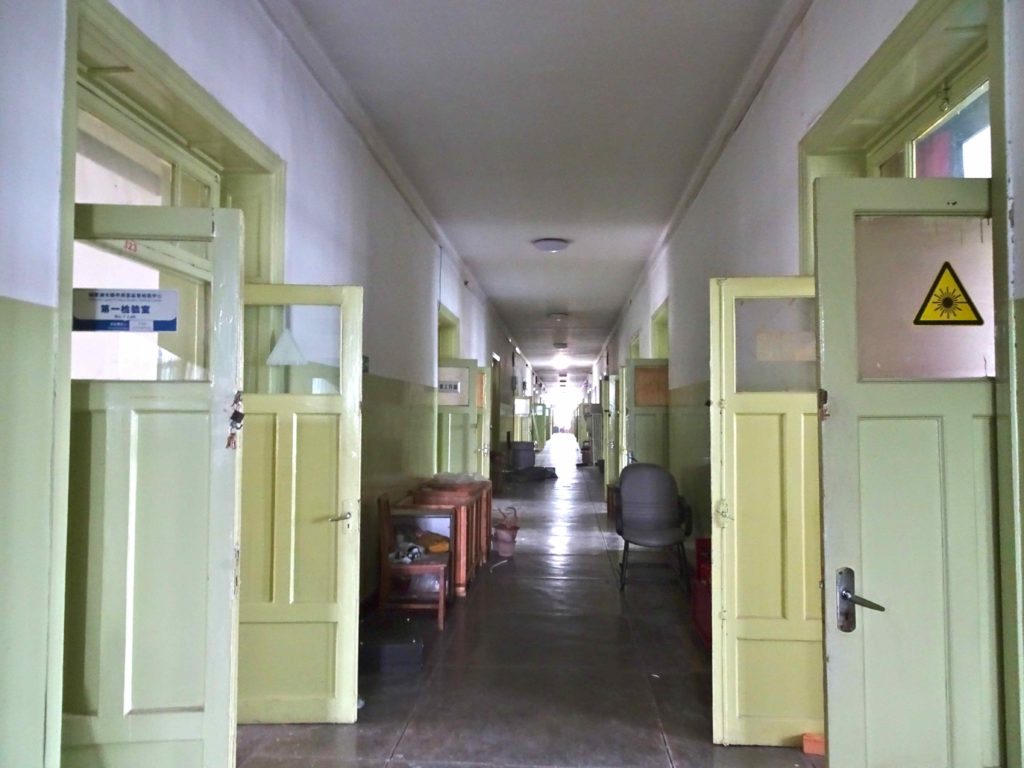
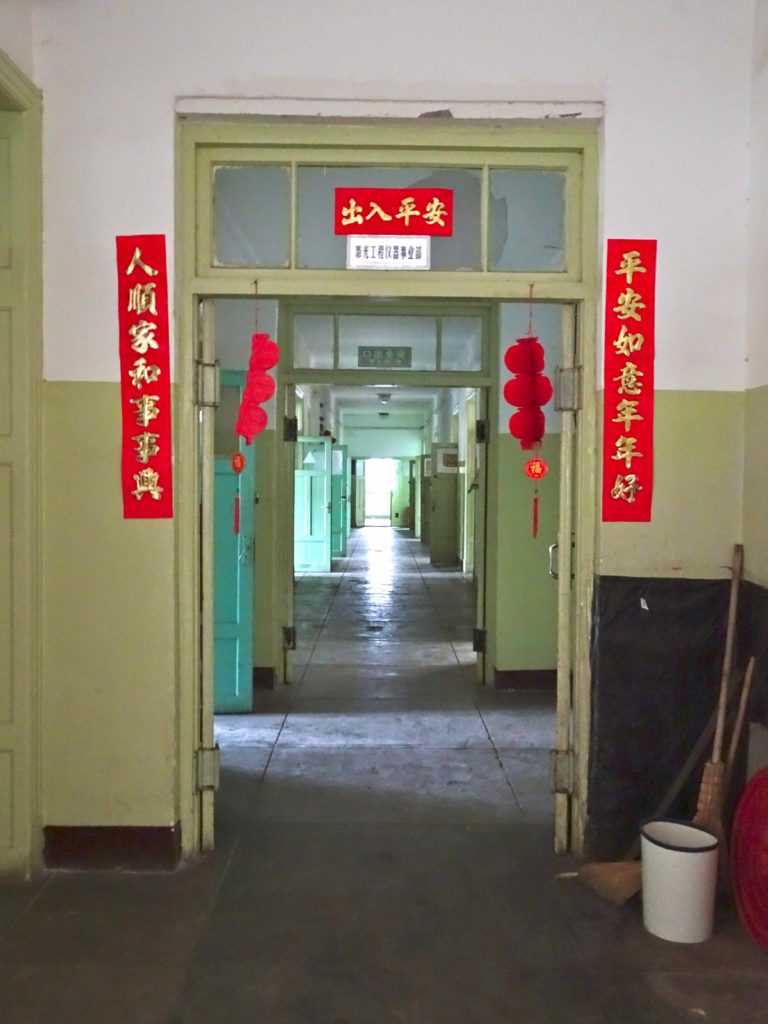
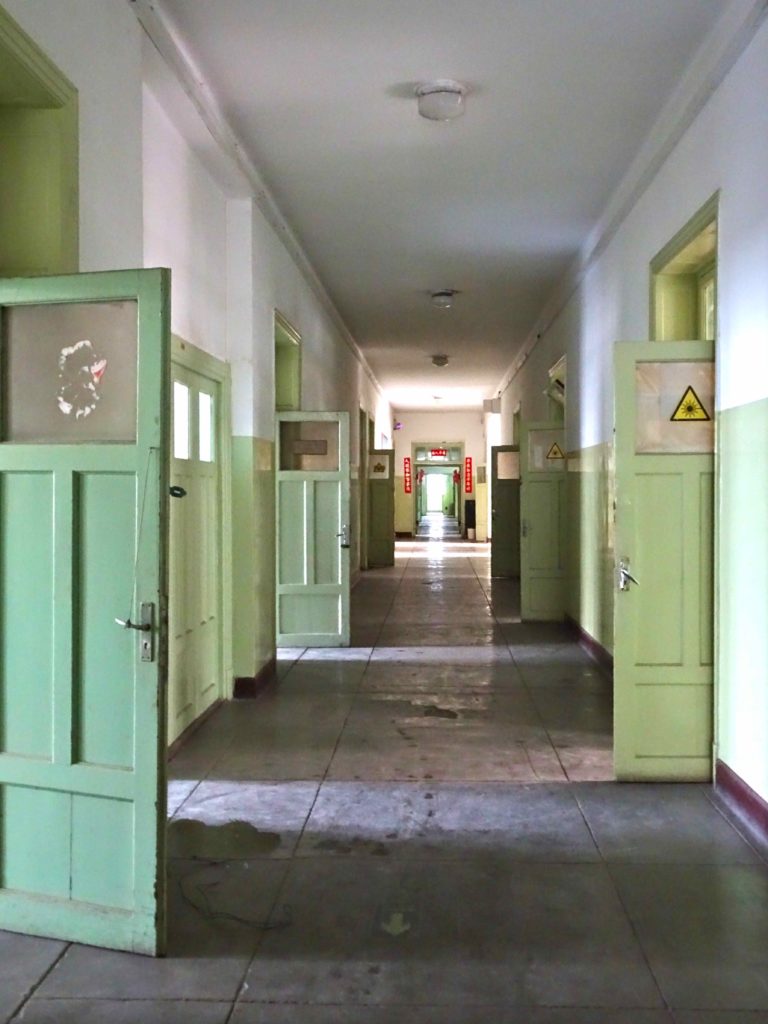
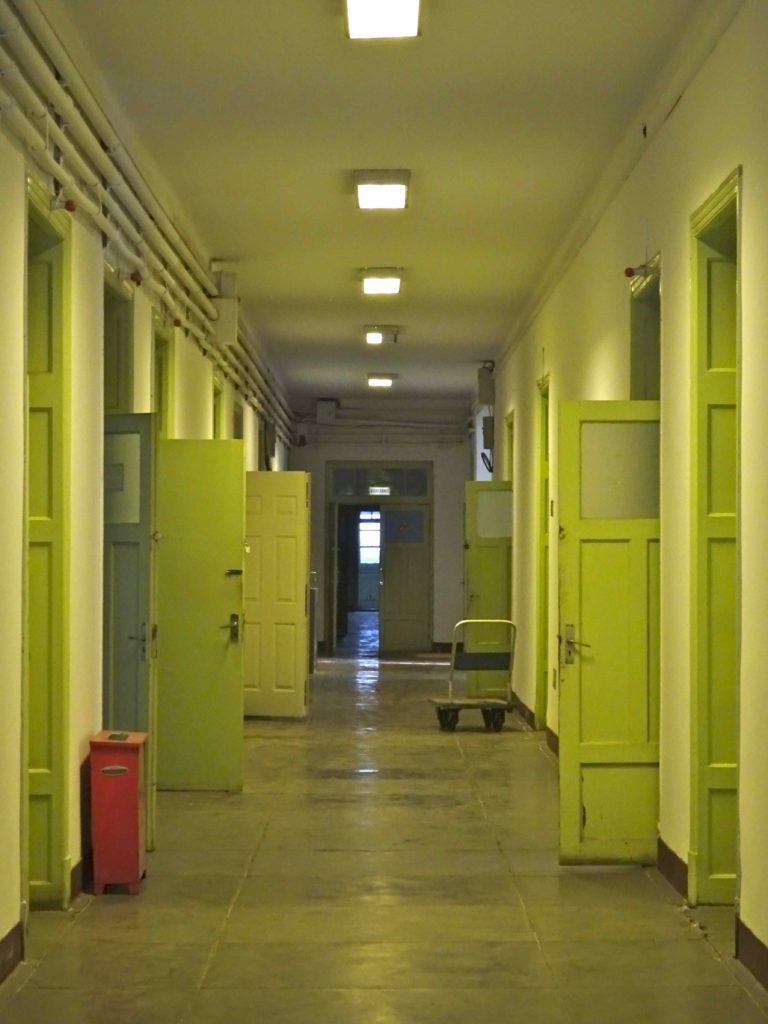
The local people in the compound still did not know what the place would become in the future. Until they do, you can try to visit this interesting derelict bio-optical laboratory!
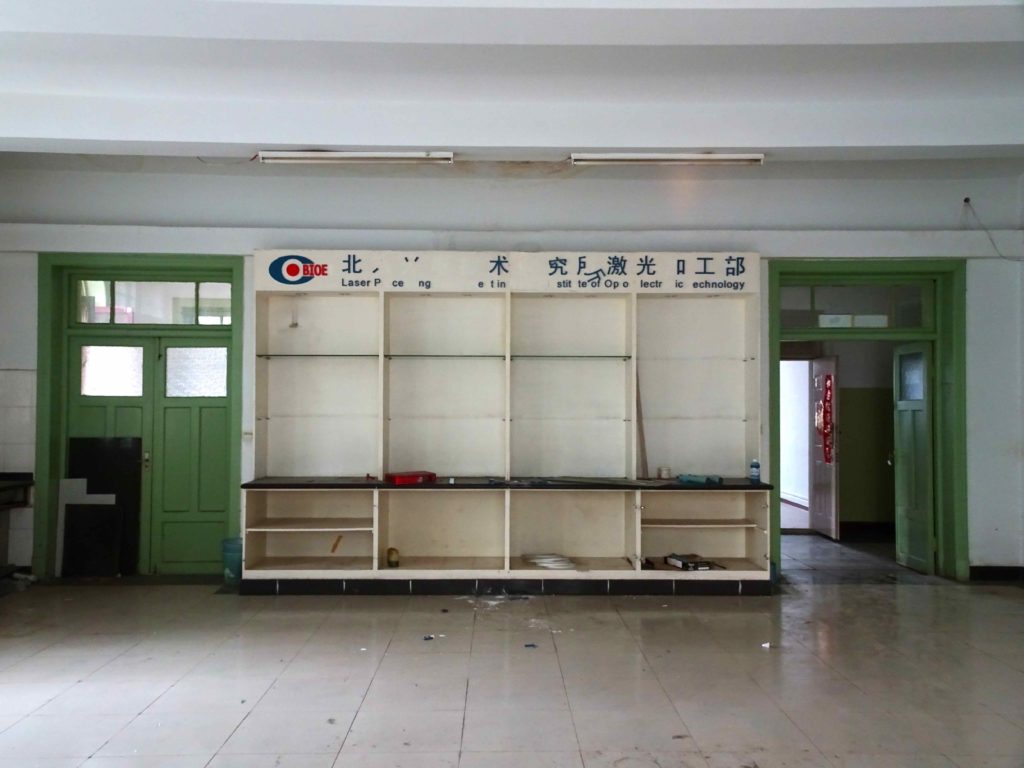

I’ll just have to sneak in there in the dark.
Yeah you’ll definitely like it! Creepy and venerable at the same time… Very nice place!